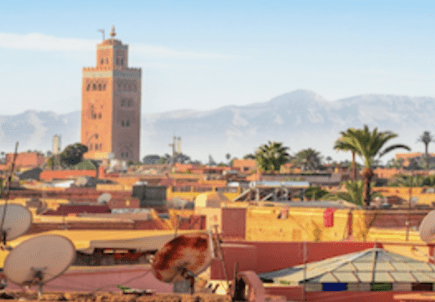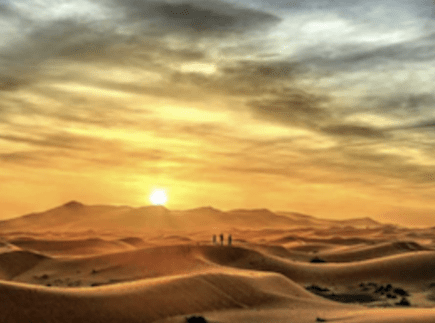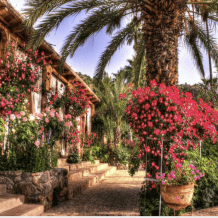
5 Tips Morocco Weather and Climate
Morocco is well situated on the far northwestern corner of Africa and has an expansive shoreline that stretches from the Atlantic Ocean to the Straight of Gibraltar Morocco’s Weather. is temperate year round. The Best Time to visit Morocco on a Private Tour is spring and fall. With its dramatic landscapes such as the High Atlas and Sahara Desert Morocco is ideal for couples, families and small group travel. Morocco’s weather makes the country a perfect destination for a variety of activities ranging from camel trekking to hiking, biking, horseback riding and sunbathing.
Here are 5 Tips on Morocco Weather and Climate to Consider when Traveling to Morocco:
#1: Spring (April and May) and Fall (September and October) are perhaps the best overall time to take a Morocco Tour.
Spring and Fall Seasons have temperate weather, ideal for camel trekking in the Sahara Desert, exploring kasbahs, ruins and waterfalls or taking an off road hiking tour in the High Atlas Mountains.
#2: Winter is an ideal time to take a Morocco Private Tour for those who wish to head south.
In winter, the south of Morocco is perfect by day though desert nights can get very cold. If you’re planning to hike in the mountains it’s best to keep to the months from April to October unless you have some experience in snow conditions.
#3: If you are not comfortable with very hot weather, it is advisable to avoid scheduling your Morocco Tour during July through August because these are the hottest times of the year.
Also, certain cities such as Marrakech may continue to be hot until the last weeks of September. If you decide to take a Morocco Tour during July and August, it’s a wonderful time to head for the coast of Essaouira or the Oualidia Lagoon, while in the mountains there are no set rules.
#4: The poetically Rif Mountains which are surrounded by plateaus, valleys, and costal plains, parallel the Mediterranean coast and are also ideal for visiting in winter.
Northern cities by such as Cueta, Tangier, Tetouan, Melilla, and Cala Iris enjoy Mediterranean conditions. The coastal cities by the Mediterranean are generally mild and pleasant all year long; even winter time is enjoyable at temperatures staying at 50 degrees.
#5: When preparing to travel to Morocco, keep in mind that the country is separated into five regions.
The Rif Mountains, the Middle Atlas, High Atlas, Anti-Atlas, and the Sahara desert. Each region has a unique weather and climate which is well paired with specific activities and geared towards a certain style of traveler.
What is the Best Time to Travel to Morocco?

Beyond central Morocco lie the High Atlas Mountains, running diagonally across Morocco from the Agadir’s Atlantic beaches to northern Algeria. Southern Morocco is divided into three areas: the Souss Valley, the Anti-Atlas, and the Western Sahara desert. Winters are popular times to visit any of the three regions, especially the desert, as the south is semi-tropical with a hot and humid climate; temperatures rise more than 100 degrees.





